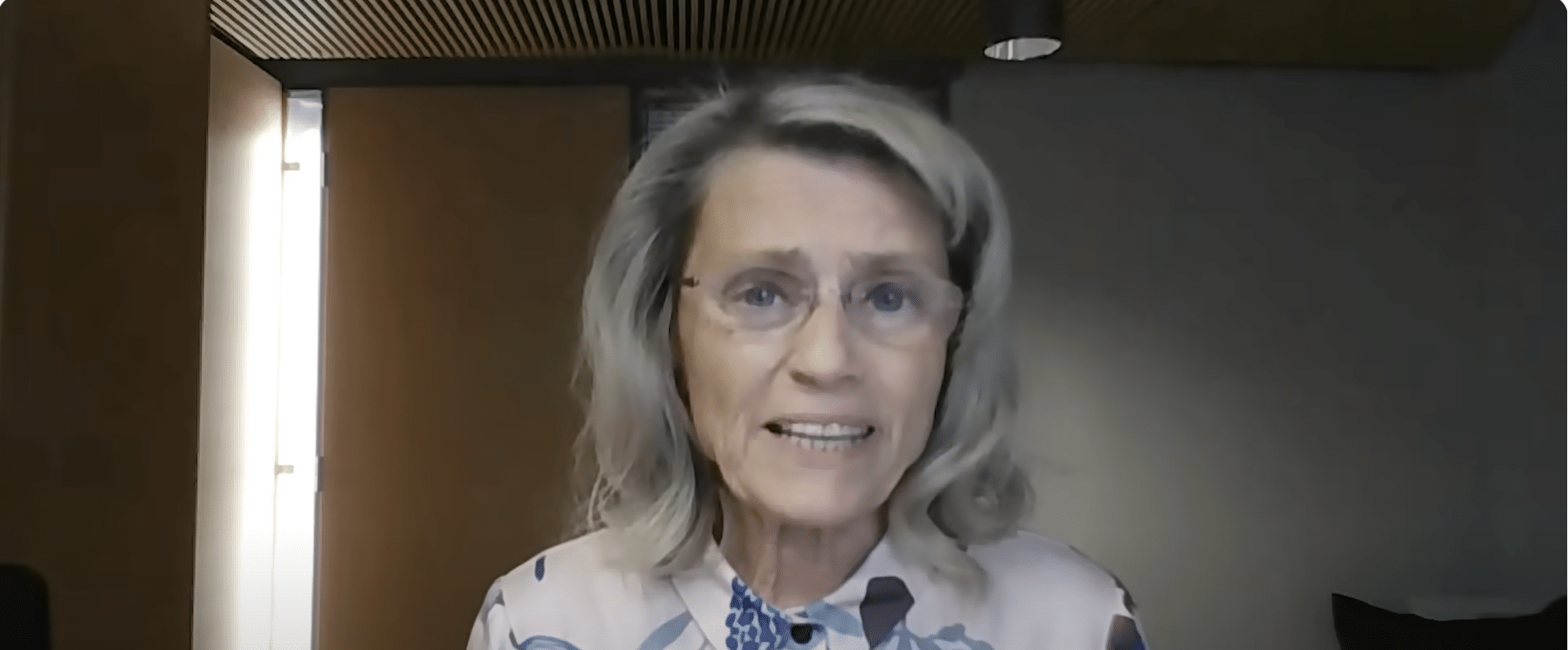Ever-higher temperatures are melting the ice sheets faster than projected. Sea level is rising. International efforts to reduce greenhouse gases are taking longer than expected. It’s a nightmare scenario that could soon demand an emergency response. What to do? One idea gaining traction is to seed marine clouds with salt water or other particles, increasing their potential to reflect solar rays,
cooling the earth. Its part of nascent and controversial branch of science known as “sunlight reflection methods,” or SRM. “We think SRN could buy time for other (carbon-reduction) measures to be put in place,” said Philip J. Rasch, chief climate scientist for the Pacific Northwest National Laboratory in Richland, Washington. “If the worst-case scenarios of global warming come to pass, these technologies could be used to help people, saving lives and economies from the worst effects of climate change,” added Joseph Majkut, director of climate policy at the Niskanen Center, a Washington D.C. think tank. READ MORE


















As if they weren’t already doing it.